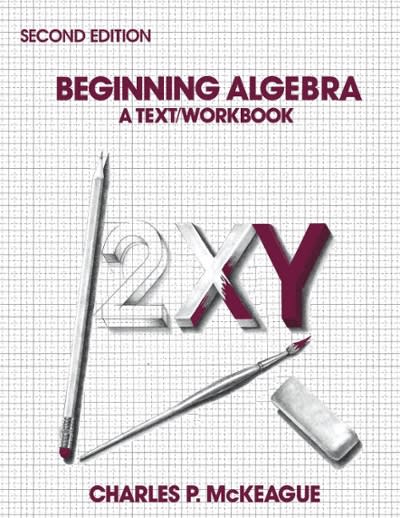Question
problem 5. The Great Snyderinsky, a local magician, asks the audience to toss two coins, without showing the result to him, and to write their
problem 5. The Great Snyderinsky, a local magician, asks the audience to toss two coins, without showing the result to him, and to write their results (either 'H' for heads or 'T' for tails) in two separate envelopes labelled A and B respectively. He also asks the audience to take an extra envelope labelled C and write 'H' in it if the previous two coin tosses gave the same result, and write 'T' in it if the previous two coin tosses were different from each other (e.g. 'H' 'T'). He then tells the audience to show him the content of any two envelopes and claims that he can use his magical moustache to guess the content of the third envelope. Explain how the trick works in terms of independence. In particular address the following questions. Let
XA={10ifenvelopeAcontainsHEADSifenvelopeAcontainsTAILSXB={10ifenvelopeBcontainsHEADSifenvelopeBcontainsTAILSXC={10ifenvelopeCcontainsHEADSifenvelopeCcontainsTAILS
AreXA,XB and XCmutually independent? Are they pairwise independent?
Step by Step Solution
There are 3 Steps involved in it
Step: 1

Get Instant Access to Expert-Tailored Solutions
See step-by-step solutions with expert insights and AI powered tools for academic success
Step: 2

Step: 3

Ace Your Homework with AI
Get the answers you need in no time with our AI-driven, step-by-step assistance
Get Started


